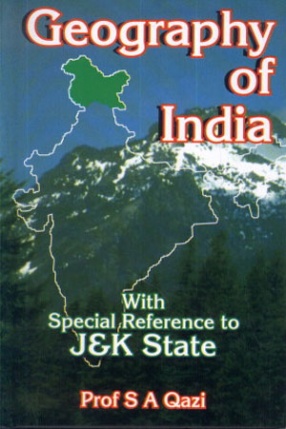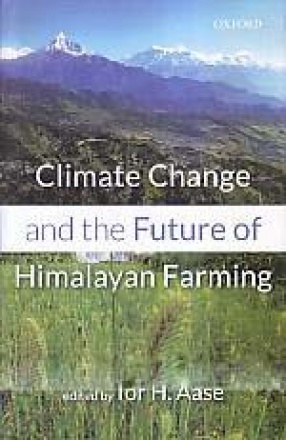In our country, out of an estimated 175 million hectares of degraded and cultivated lands, nearly all of them are subject to serious erosion hazards. The arid areas are subject to serve wind erosion. The semi-arid regions, viz. the foothill regions of the Aravallis and Siwaliks, are subject to severe sheet and gully erosion. The ravines of the Yamuna and the Chambal are continuing to move in the fertile Gangetic plans. People are still trying to cultivate much of these areas, and, thus, contributing to further destruction. Owing to heavy rainfall in the north-east region, floods, stream-bank cuttings and sand bar deposition have made farming a hazardous task. The south and south-east are characterized by rugged and undulating terrain with a high degree of erosion in the black and red laterite soils. The activity of road building and other development activities have led to the blocking of drainage ways in the flatter areas and caused waterlogging. Road construction and mining activities in hill areas have resulted in serious landslides and slips. Loss of agricultural lands, under various pretexts, has driven the people to encroach on to steeper slopes and marginal lands for agriculture.
Geography of India: With Special Reference to J and K State
Systematic geography is an ...
$34.20
$38.00





There are no reviews yet.